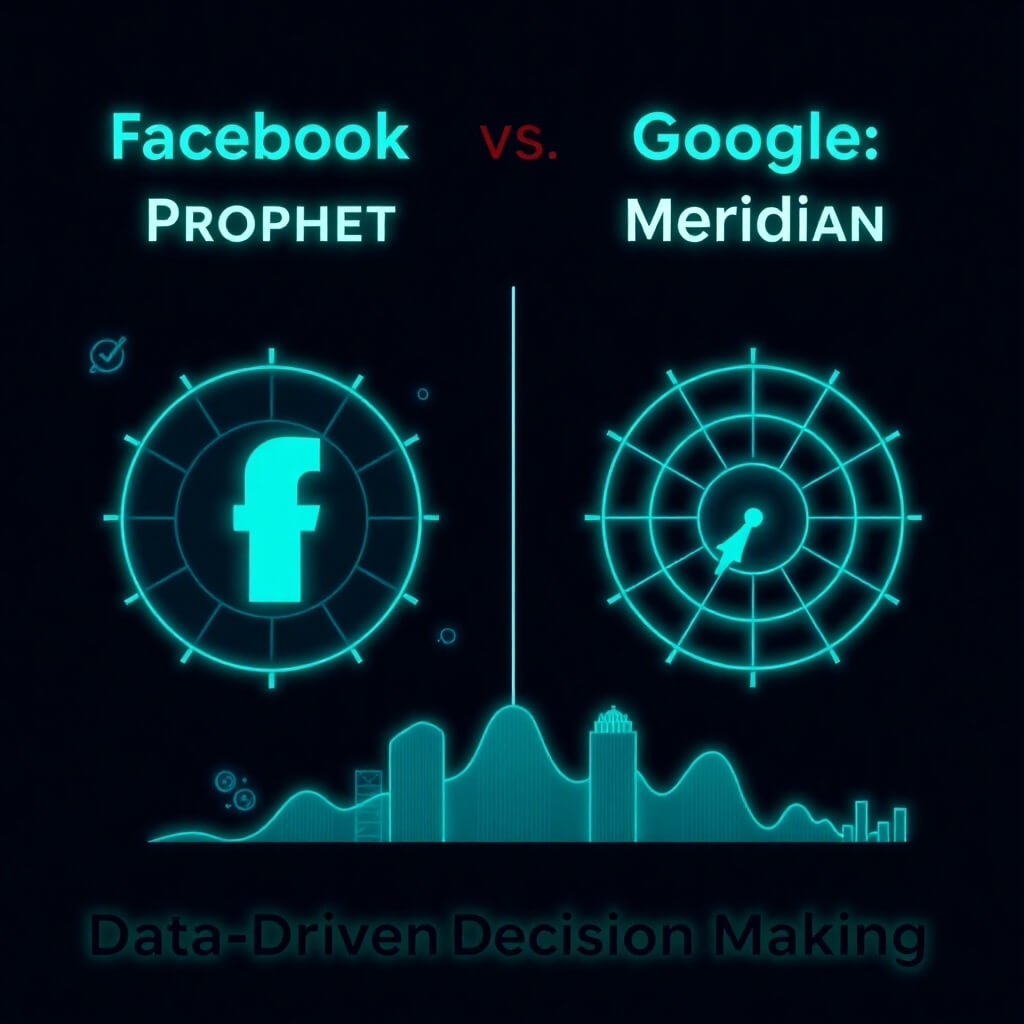Is email marketing dead? While many people would like to think so, this notion was once again proved wrong via May 2012 data from the CMO Council that showed a significant majority of marketers worldwide (67%) rated email the most successful digital marketing tactic.
While this data is certainly validating, it’s also important to look at the factors that are driving the email’s perceived effectiveness. Specifically, a recent study by the Direct Marketing Association comparing the effectiveness of both House vs. Prospect Lists, showcased that the source of your List can radically alter the impact of your email marketing endeavors.
While the study highlights that since 2010 both open and click-through rates for both House and Prospect Lists have improved, no matter how you look at it, an email strategy based around building, maintaining and leveraging a House List is going to pay much bigger dividends in the long run. When comparing the 2012 results alone, the above data highlights the following statistical advantages of leveraging a House List:
– Open Rate – 94% Lift
– Click Through Rate – 12% Lift
– Conversion Rate – 257% Lift
Seeing that a House List is comprised past and present customers, those who are familiar with your organization and its offerings, it’s no surprise that it should outperform a targeted List of prospects who may be interested in what you have to offer, but lack the same level of knowledge.
Maximizing the potential of the House List
However, the key is to recognize the “marketing asset” and “value” that you have with your House List. In short, this is not an asset to be taken for granted and should be viewed as one of the key weapons within your marketing arsenal.
But, are you really doing all that you can with this List? Are you currently leveraging the database to send communications (believe or not, many organizations possess huge opt-in House Lists, but do nothing with them); if so, what are you sending?
With the above being said, I’d like to pose a few questions to consider when developing and deploying a House List strategy to help ensure its value is being maximized:
– How frequently are you communicating with the House List?
– How do House List communications/offers differ from other marketing assets?
– How up to date and fresh is your House List?
– How organized is your House List?
– Is your House List segmented?
– What’s being done to actively promote, grow and evolve your House List?
In posing the above questions, I’m making a base assumption that most organizations do have some sort of a House List, but I’m challenging you to think about how it’s being leveraged and if it’s potential is really being maximized.
Now just because your House List was likely grown via organic means and probably does not have the same definitive media costs attached to it, this does not mean it should get any less care or respect. Conversely I’d like to argue that a House List and the strategies around it need to be treated with as much care and purpose as any other media channel you might consider investing in. In the end, the long term dividends that a well managed House List will pay in terms of targeted brand awareness, competitive advantage, ROI and sales is invaluable.
Now one key factor to address is size and scale. Clearly if you only have a few thousand records in your database, the above arguments may be tough to justify. However, that is why the last question I posed about growing your House List is so incredibly important. Clearly the House List is invaluable, and as a result you need to also be thinking about how it can be fed. I’d like to argue that list growth is a KPI that should be built into most marketing plans and strategies; not only will it ensure that the list will grow, fresh names are the lifeblood of any email List.
No matter what they say, email is not dead and it’s clear that within the channel that the House List is still king. However, when it comes to your House List, it’s up to you to decide how you want to play the game. A House List clearly provides loads of marketing potential, but it’s ultimately how you choose to leverage this opportunity that will determine how much success you’ll be able to achieve and realize in the long run.






